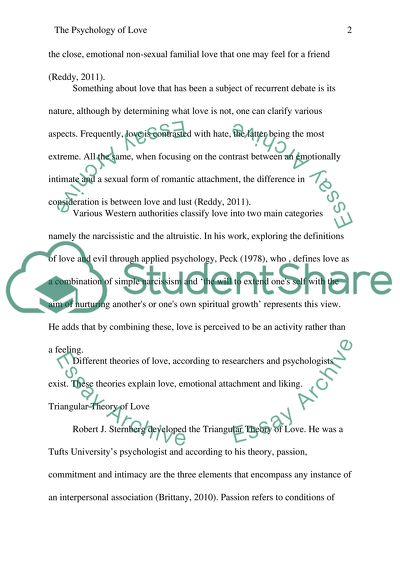Cite this document
(“The psycology of Love Research Paper Example | Topics and Well Written Essays - 2250 words”, n.d.)
Retrieved from https://studentshare.org/family-consumer-science/1416528-the-psycology-of-love
Retrieved from https://studentshare.org/family-consumer-science/1416528-the-psycology-of-love
(The Psycology of Love Research Paper Example | Topics and Well Written Essays - 2250 Words)
https://studentshare.org/family-consumer-science/1416528-the-psycology-of-love.
https://studentshare.org/family-consumer-science/1416528-the-psycology-of-love.
“The Psycology of Love Research Paper Example | Topics and Well Written Essays - 2250 Words”, n.d. https://studentshare.org/family-consumer-science/1416528-the-psycology-of-love.


